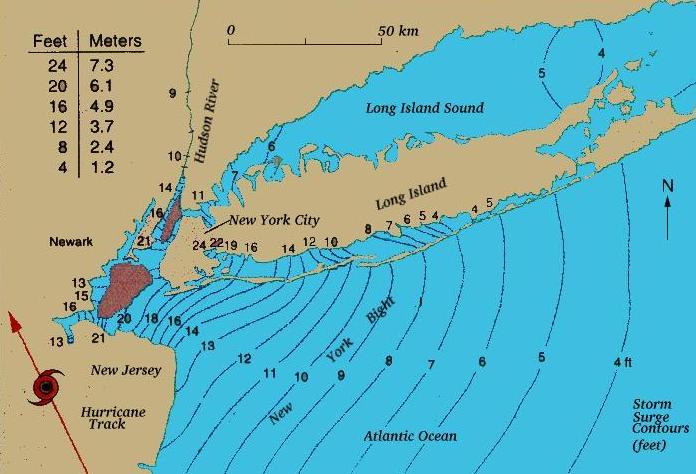Coastal Environment
Coastal Environment
go back to Contents of Entire Course...
Coastal Processes
Waves and Beaches
Coastal Erosion
Wave Erosion
Long Shore Currents and
Human Erosion Control
Barrier Beaches
Sea Walls
Opinions on Coastal Processes
Storms
adapted to HTML from lecture notes of Prof. Stephen A. Nelson Tulane University
Coastal Processes
Waves and Beaches
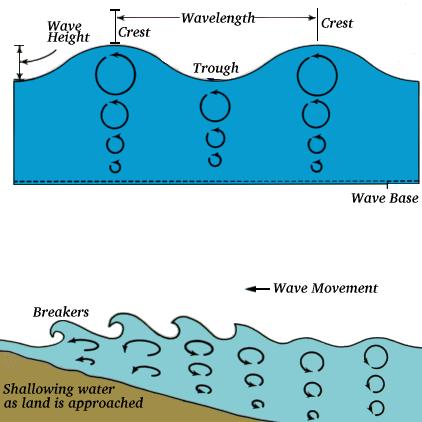
Waves are the result of water oscillating in a circular motion. The water is not actually travelling like most people seem to think. (Imagine a "wave" at a baseball game, with the people as water particles.)
Close to the beach, the circular water particle motion gets broken up as the cycling water hits the bottom. This causes the wave to rise up (as the water piles up on itself) and break.
Waves rarely hit the beach head on (at a flat angle). Most of the time, there is some small angle between the line of the beach and the line of the waves.
As a result a Long Shore Current forms.
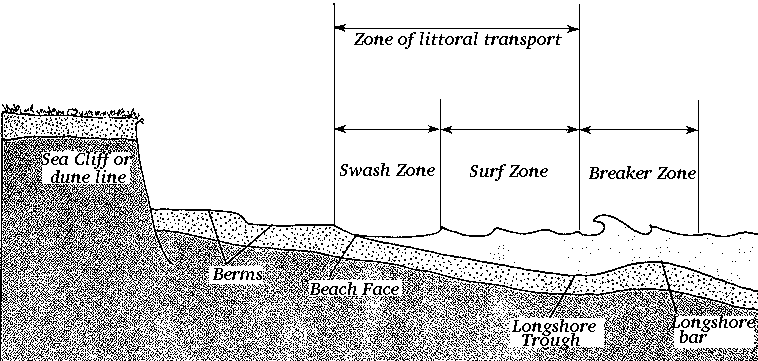
Berms - Areas that result from sand deposited on the recreactional beach in fair weather during periods of relatively low wave energy. During storms or periods of high wave energy the beach is eroded.
Seacliff - During storms the dunes may be eroded leaving a cliff scarp.
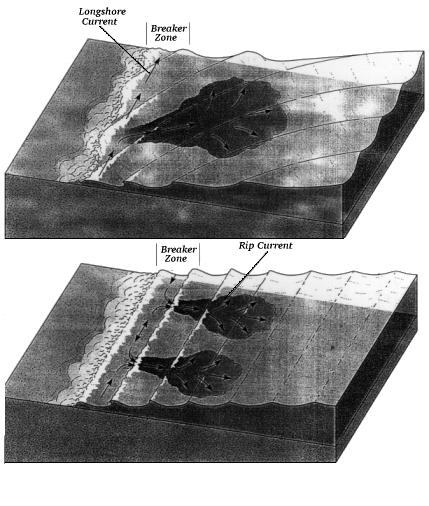
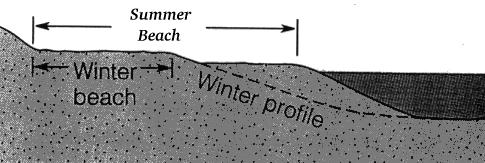
Rip Currents are areas of strong back-current under the surface that returns breaking wave water to deeper regions.
On the west coast of the US the Pacific ocean has larger waves during the winter which results in erosion of the recreational beach. On the east coast the periods of larger waves are more related to storm activity which may be associated with hurricanes in the summer of fall and northeasters mainly in the winter.
Strong waves enough energy to carry sand away from the beach after they break resulting in erosion of the recreational beach. Most of this sand is deposited in bars just off shore. Gentler waves lose most of their energy when they break, and so carry sand from the off-shore bars and deposit the sand on the beach.
As a result of this, the sizes and features of recreational beach and off-shore bars vary significantly.
Headlands are regions where the land thrusts out into the water.
Embayments are regions between headlands.
Headlands tend to be the focus of wave energy, whereas waves tend to diffuse and weaken when in embayments. As a result of this, sediment is eroded off of headlands, and deposited in embayments, which eventually results in the eventual flattening of the coastline.
Coastal Erosion
Wave Erosion
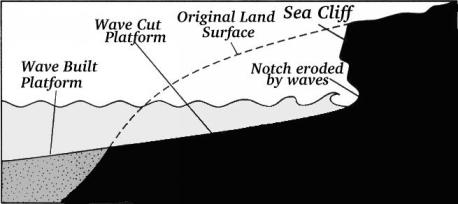
Sea cliffs are a result of wave erosion eroding away the base of a cliff face. The face subsequently slumps due to lack of support.
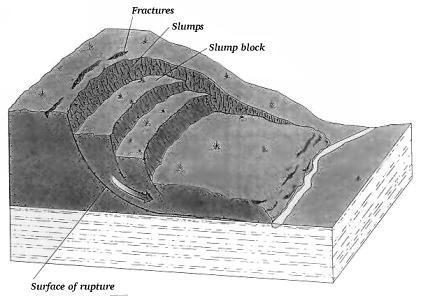
Long Shore Currents and Human Erosion Control
Long shore currents transfer sand down-current. When they run into a barrier, such as a groin (a pile or rocks stretching into the water), the sand is caught on the upstream side of the groin.
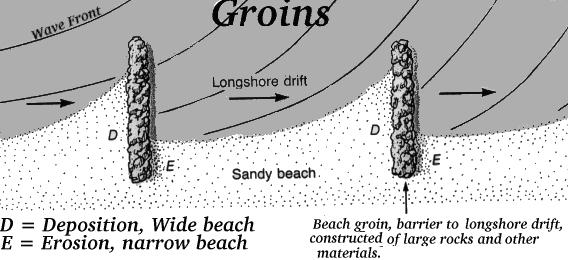
Littoral Drift is the same thing as longshore current.
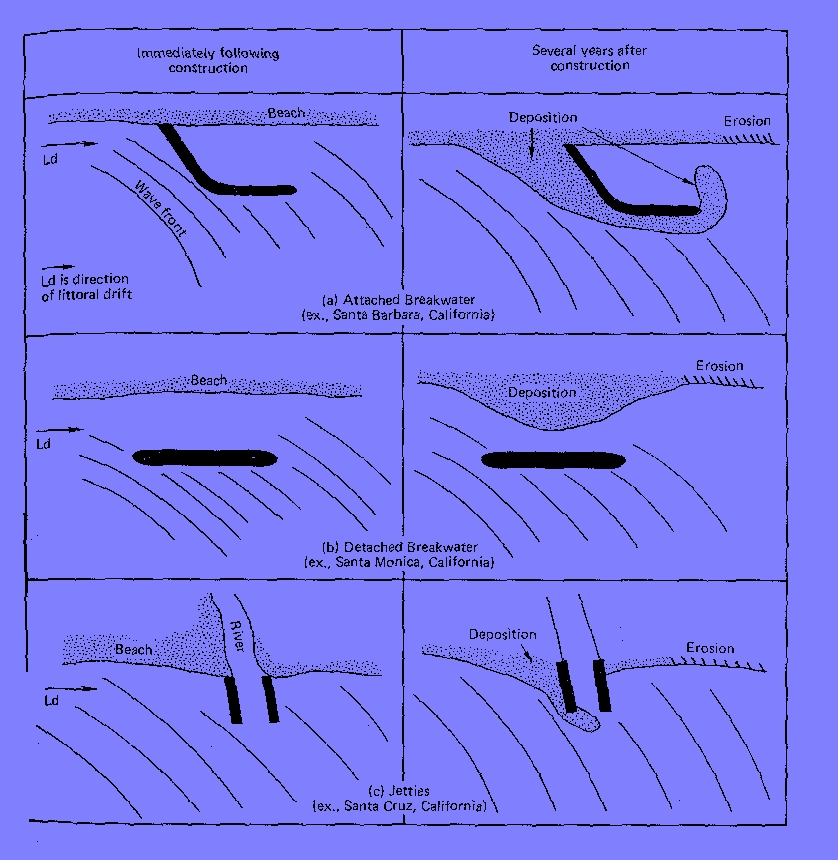
Jetties - Are used to protect inlets. Jetties keep the river or inlet openings from migrating.
-Sand builds up on upstream jetty, and severe erosion takes place on the down-current side of the opposing jetty.
Barrier Beaches
they have existed for many thousands of years. As sea level has risen they have migrated towards the shore line. Currently, sea level is rising at about 30cm a century at Long Island.
A typical barrier beach system:

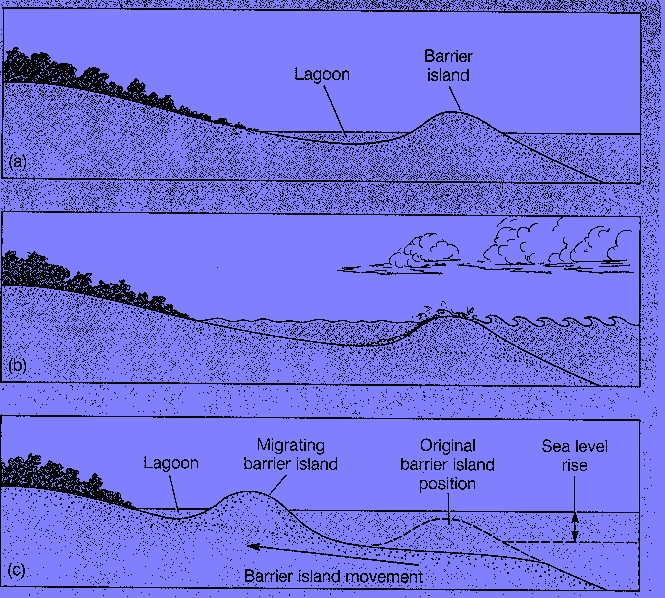
During a storm, sand can be overwash the island ending up in the lagoon. Repeated storms along with sea level rise results in the barrier beach migrating shoreward as sand is removed from the ocean side and added in the lagoon.
Sea Walls
During winter or storms, sand gets carried off into an offshore sand bar (usually below the surface of the water).
This sand is replaced during the summers or low-storm periods.
When you have a sea wall (A large wall-like structure running parallel to the beach used to stop the waves from eroding beaches), everything in front of the sea wall gets eroded away during winters or storm times, and then the gentle summer waves have no beach slope upon which to redeposit the sand. As a result, erosion in front of the sea wall takes place at a much faster rate, and isn't replaced.
Sea walls, due to the fact that they are constantly being pounded on by waves, tend to eventually break down, and are often very costly to repair.
Opinions on Coastal Processes
Among environmental geologists, there are several points of agreement with regard to coastal processes and engineering. They are:- Coastal Erosion is a natural process rather than a natural hazard; erosion problems occur when people build structures in the coastal zone.
- Any shoreline construction causes change.
- Stabilization of the coastal zone through engineering structures protects the property of relatively few people at a larger general expense to the public.
- Engineering structures designed to protect a beach may eventually destroy it.
- Once constructed, shoreline engineering structures produce a trend in coastal development that is difficult if not impossible to reverse.
Storms
Hurricanes - Hurricanes raise up the sea level around them as they travel closer to shore. This is referred to as a Storm surge, as it causes a "surge" in the water level and wave energy when the hurricane hits shore.
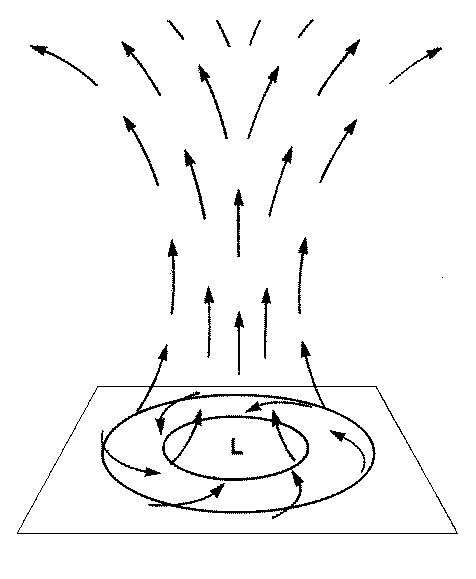
The wind in a hurricane in the northern hemisphere rotates counterclockwise. Thus as the hurricane moves northerly, as it does at higher latitudes, the winds on the east side of the eye of the hurricane will be much faster than elsewhere around the eye. Likewise the winds on the west side of the eye will be much slower than elsewhere. See the illustration below.

Possible storm surge patterns around New York City and Long Island if the eye of a hurricane crosses just west of NYC.
